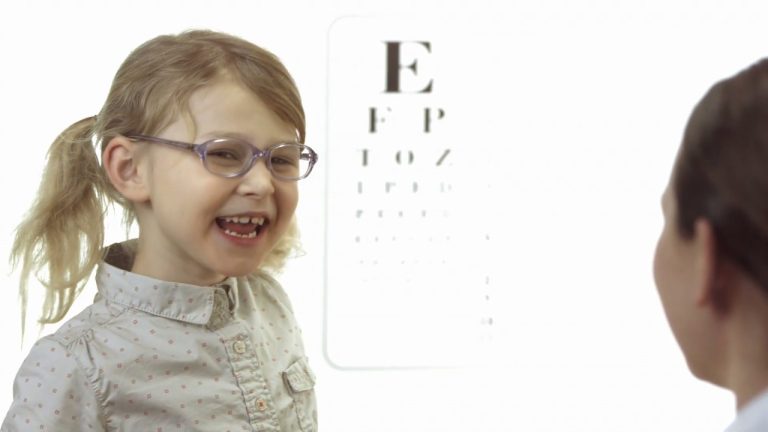Understanding the Interplay between Autism and Vision Problems in Children: A Guide for Optical Care Product Users
Autism is a complex developmental disorder that affects approximately 1 in 54 children in the United States. Individuals with autism spectrum disorder (ASD) may experience a wide range of symptoms, including difficulty with social communication and interaction, restricted and repetitive behaviors, sensory processing issues, and intellectual disabilities.
One aspect of ASD that has gained increased attention in recent years is vision problems. Children with autism may experience a variety of vision-related issues, including difficulties with depth perception, visual processing, eye contact, and sensitivity to light.
Types of Vision Problems in Autism
Children with autism can experience a variety of vision problems, including:
- Difficulty with Visual Processing: Children with autism may have difficulty processing visual information. This can make it challenging to interpret visual cues, such as facial expressions or body language.
- Poor Eye Contact: Many children with autism may have difficulty making and maintaining eye contact. This can make it difficult to engage in social interactions and may impact their ability to learn through observation.
- Hyper- or Hypo-Sensitivity to Light: Some children with autism may be excessively sensitive to light, while others may be under-responsive. This can impact their ability to focus on visual information and may lead to discomfort or anxiety in bright environments.
- Difficulty with Depth Perception: Children with autism may have difficulty judging the distance and depth of objects. This can make it challenging to navigate their environment and may impact their ability to participate in physical activities.
Diagnosing Vision Problems in Children with Autism
Diagnosing vision problems in children with autism can be challenging since many of the symptoms may overlap with other aspects of ASD. However, regular eye exams are an important step in identifying potential visual issues.
If a child is exhibiting symptoms of a vision problem, a comprehensive vision evaluation may be recommended. This may include testing for visual acuity, color vision, eye alignment, and depth perception. Additionally, assessment of visual processing and visual perceptual skills may be included.
Addressing Vision Problems in Children with Autism
If a vision problem is identified, there are a variety of interventions that may be recommended. These may include vision therapy, corrective lenses, and accommodations to support sensory processing. It is important to work with a qualified vision care provider to develop an individualized treatment plan that meets the child’s specific needs.
The Importance of Early Intervention
The earlier vision problems are identified and addressed in children with autism, the better the outcomes are likely to be. Children with untreated vision problems may experience challenges in academic, social, and physical development. Early intervention can help ensure that children with autism have access to the visual support they need to reach their full potential.
Contents
Most wanted in Hoya Vision:
What are prism eyeglass lenses?
Hoya Lens Engravings
What brand lenses does Costco use?
What does +0.25 mean on an eye test?
Should eyeglasses cover eyebrows?
Do tinted glasses help with migraines?
Hoya Identification Chart
What LED light is best for broken capillaries?
Does hyperopia worsen with age?
What is the difference between Ray Ban RB and Rx?
















